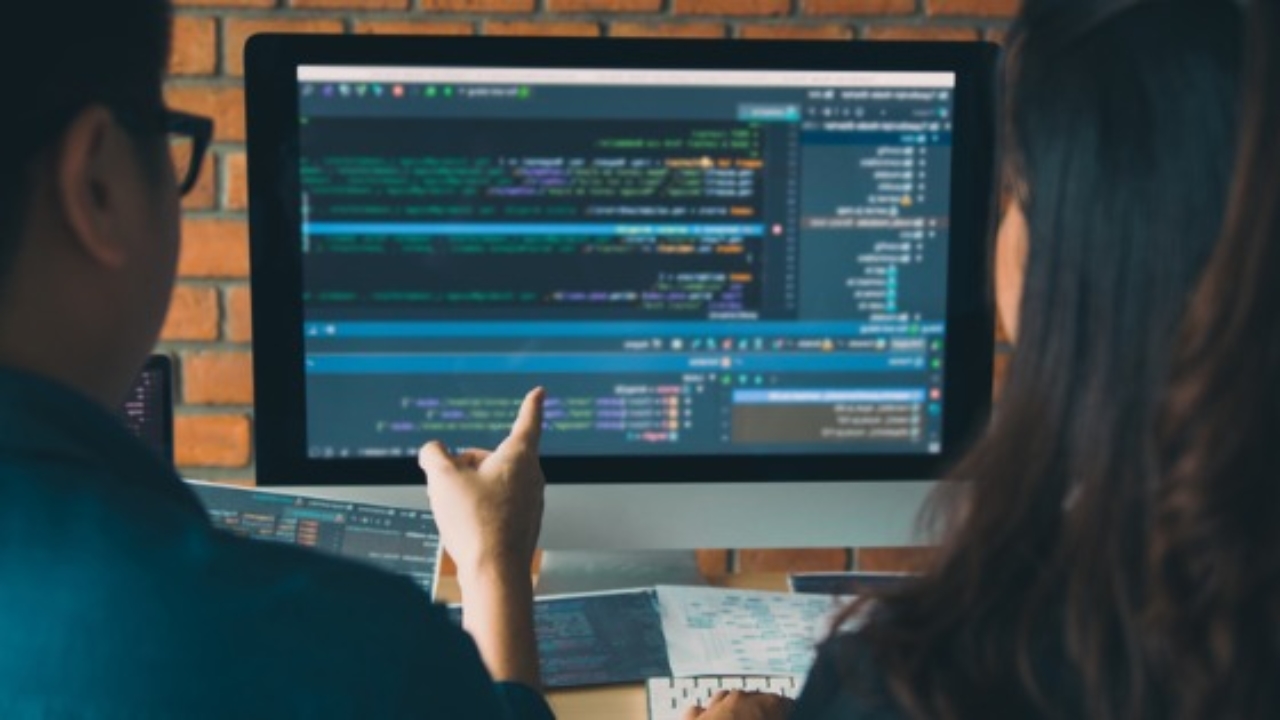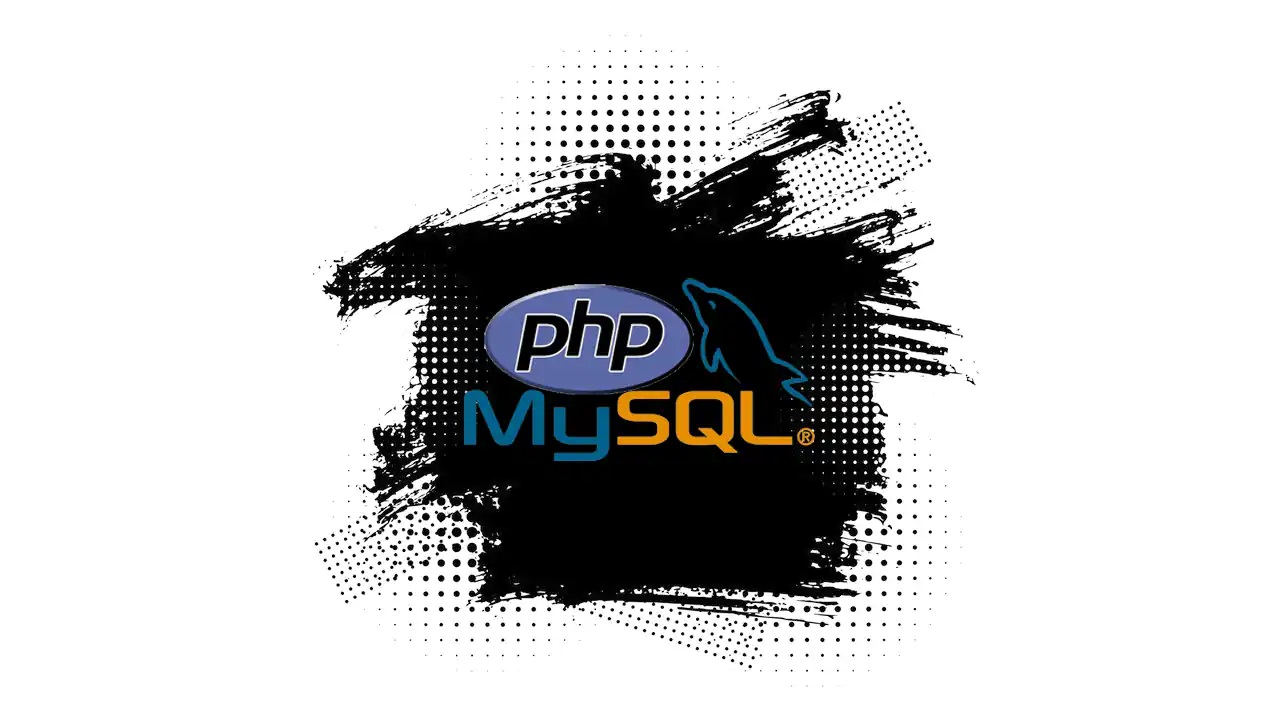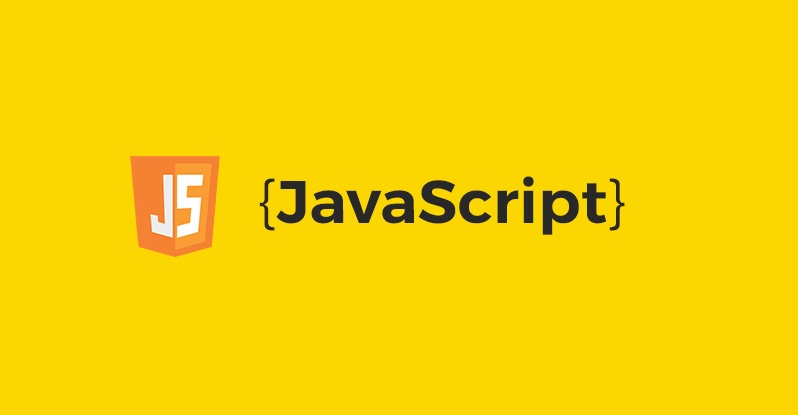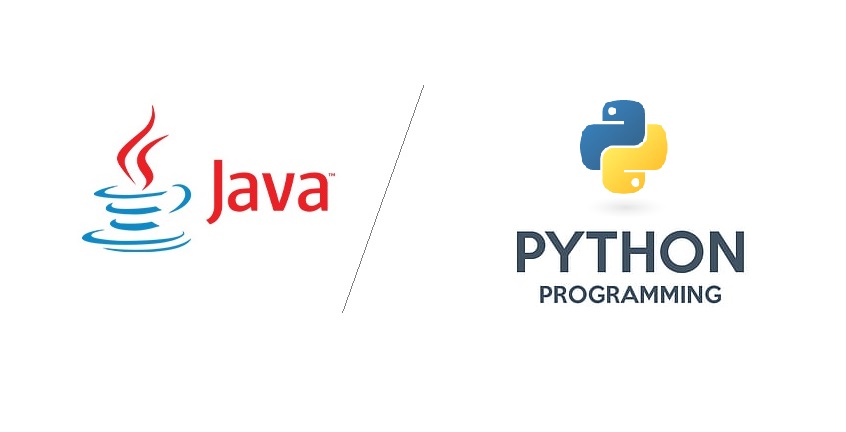Learning to program Scratch: The creative world of visual programming
Published
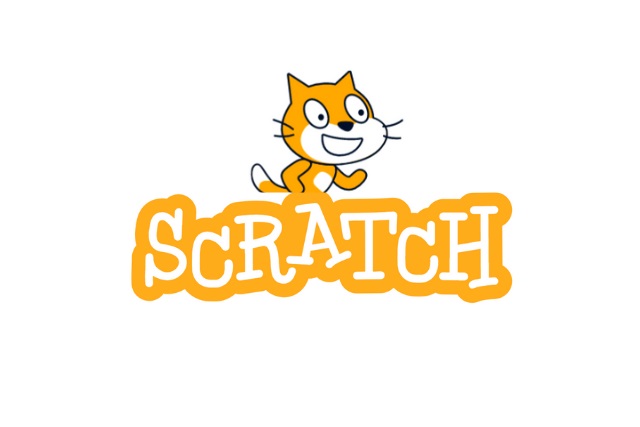
Scratch is a visual programming language designed specifically for beginners, especially children and teenagers. Developed at the MIT Media Lab, it provides a graphical user interface that allows users to learn and apply programming concepts by piecing together colored blocks.
| characteristic | Description |
|---|---|
| target group | Mainly children and teenagers, but also suitable for beginners of all ages. |
| Programming approach | Visual programming using blocks of blocks that create flows by putting them together. |
| Project opportunities | Interactive stories, games, animations and multimedia projects. |
| Programming concepts | Loops, conditions, events, variables, functions, operators and more. |
| user interface | Graphical user interface with block palettes and block arrangement area. |
| Extensibility | Ability to use extensions from the Scratch community. |
| Community | Active community with project sharing, remixes and exchange of ideas. |
| Educational value | Encourages logical thinking, problem-solving skills and creativity. |
| Easy to get started | Low entry barrier through visual programming and playful design. |
| Cross-platform | Available for various operating systems including web browser and desktop. |
Scratch allows users to create interactive stories, animations, games, and other multimedia projects by stringing together blocks of commands. The blocks represent programming concepts such as loops, conditions, variables, events, and more. This allows users to understand and apply programming logic in a visual and intuitive way without having to learn a traditional text programming language.
The Scratch interface consists of several areas, including a block palette area where users can select and drag blocks, and an area for arranging the blocks to create program flows. Scratch also allows users to create custom characters (sprites), design backgrounds, and add sound effects to bring their projects to life.
A major strength of Scratch is its active community, where users can share their projects, create remixes of other projects, and connect with each other. This creates a learning environment where users can learn from each other, share ideas, and be inspired.
Overall, Scratch offers a fun and creative way to learn and apply basic programming concepts. It encourages users' logical thinking, problem-solving skills, and creativity while they have fun creating their own interactive projects.
Was ist Scratch?
- Definition: Scratch is a visual programming language designed specifically for children and teenagers. Scratch allows users to create interactive stories, games and animations by putting graphical blocks together instead of writing code.
- Story: Scratch was first developed in 2007 by the MIT Media Lab's Lifelong Kindergarten Group. Since then, it has become one of the most popular programming languages for children and teenagers.
- Target group: Scratch is aimed at children and teenagers aged 8 to 16, although it can also be used by adults.
Scratch-Editor
- Overview: Scratch Editor is a web-based application that allows users to create and edit Scratch projects. The editor contains a variety of tools and features that allow users to design and program their projects.
- User interface: The Scratch Editor interface consists of different areas, including the Stage, Blocks, and Categories. The Stage is the area where users can view and run their projects. The blocks are the graphical elements that users put together to create their programs. The categories are the groups of blocks sorted by function.
- Blocks and categories: Scratch contains a variety of blocks and categories that users can use to create their programs. Categories include motion, appearance, sound, events, controls, sensors, and operators. Each category contains a number of blocks designed specifically for those functions.
Programming with Scratch
- Basics: To program with Scratch, users must understand basic concepts such as variables, loops, and conditionals. These concepts are taught through the use of blocks in Scratch.
- First steps: For example, to create a simple Scratch program, users can use blocks from the Motion category to move a character on the stage, or use blocks from the Events category to respond to mouse clicks or key presses.
- Advanced concepts: Advanced Scratch users can create more complex programs containing multiple characters, sound effects, and animations. They can also use variables to store and process data, or use loops and conditions to control their programs.
Scratch-Projekte
- Project ideas: Scratch offers a variety of project ideas that users can use as a starting point for their own projects. Ideas include games, animations, interactive stories and more.
- Examples: There are many examples of Scratch projects created by users on the Scratch website. Website were shared. These examples can help users understand how Scratch works and how they can create their own projects.
- Community-Projekte: Scratch has an active community of users who share their projects on the Scratch website. Users can view, comment, and remix these projects to create their own projects.
| Project name | Description |
|---|---|
| "Flappy Bird Remake" | A remake of the popular game Flappy Bird in Scratch. |
| "Virtual Pet Simulator" | An interactive simulator that represents a virtual pet and requires user care. |
| "Maze Game" | A game in which the player has to traverse a maze and avoid obstacles. |
| "Animated Story" | An animated story with different characters and storylines. |
| "Music Mixer" | A project that allows users to mix different musical instruments and sounds. |
| "Quiz Game" | An interactive quiz game where users can answer questions and earn points. |
| "Animation Showcase" | A collection of animated short films and effects demonstrations. |
| "Drawing Tool" | A drawing program that allows users to create digital works of art. |
| "Virtual Dance Party" | An interactive dance party where users can perform various dance moves. |
| "Platformer Game" | A platforming game in which the player must overcome platforms and defeat enemies. |
Scratch and education
- Use in schools: Scratch is used in schools around the world to teach children and teenagers how to code. It is often used in computer science classes or in other subjects such as math or art.
- Scratch as a learning tool: Scratch is often used as a learning tool to teach children and teenagers how to solve problems, think creatively, and promote collaboration and communication.
- Scratch and computer science lessons: Scratch can also be used in computer science classes to teach children and teenagers basic programming concepts and prepare them for more advanced programming languages.
Scratch extensions
- Scratch 3.0: Scratch 3.0 is the latest version of Scratch, released in January 2019. It includes a variety of new features and improvements, including an improved user interface, new blocks and categories, and the ability to run Scratch projects on mobile devices.
- Extensions and Add-ons: Scratch offers a variety of extensions and add-ons that users can use to extend their projects. Examples of extensions include text-to-speech, translation and database integration.
- Scratch-APIs: Scratch also provides APIs that allow developers to build their own applications and extensions for Scratch. These APIs allow developers to access and manipulate Scratch projects.
